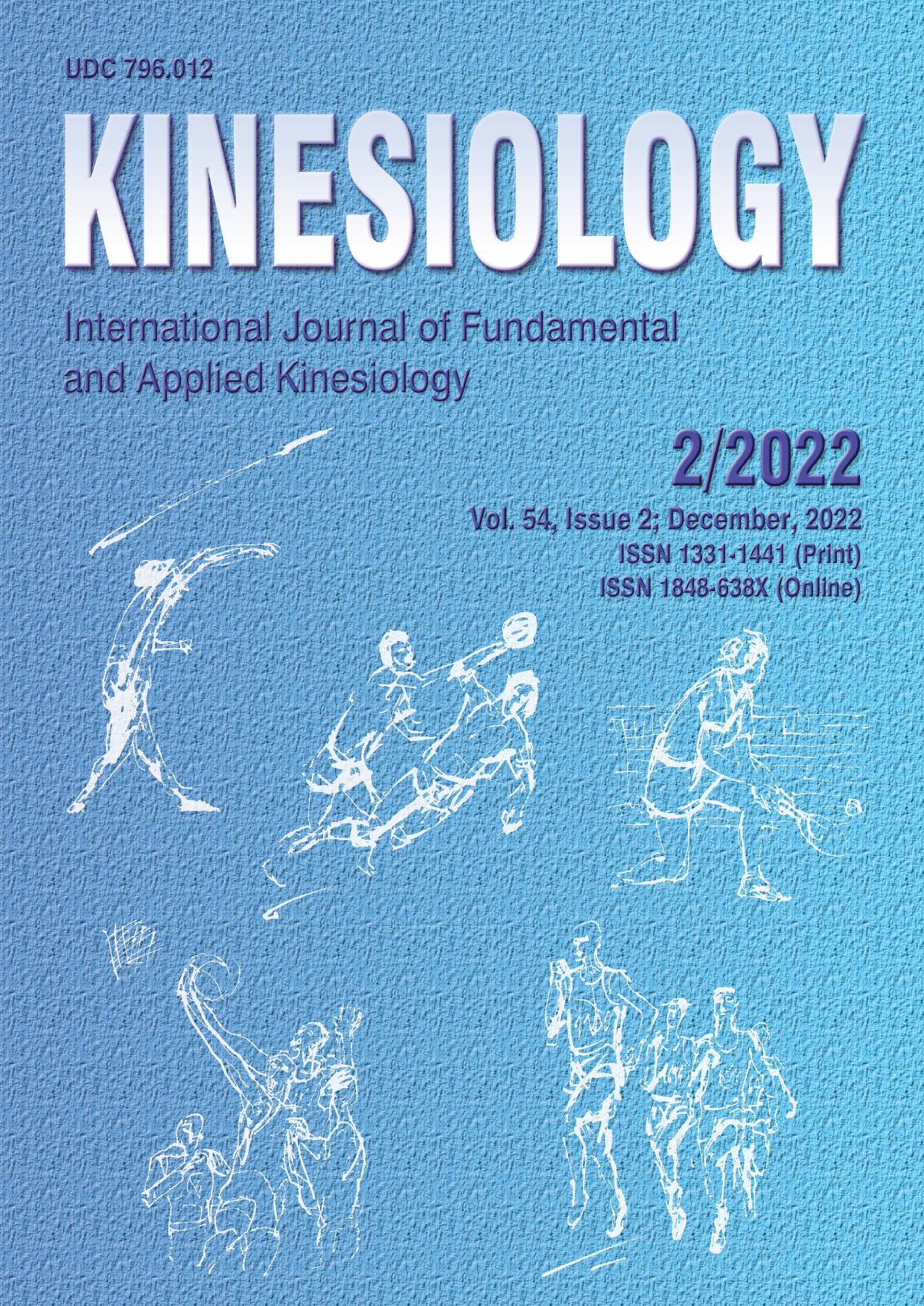EFFECTS OF TABATA TRAINING ON HEALTH-RELATED FITNESS COMPONENTS AMONG SECONDARY SCHOOL STUDENTS
Abstract
Physical education curricula in Polish schools should include more tasks to increase physical activity. The Tabata Training Program can help regulate body weight and induce changes in body fat and physical fitness. This study aimed to determine the effects of a 10-week PE curriculum supplemented by a Tabata Training Program on health-related fitness in 16-year-old secondary school students. The study examined 187 students (66 boys and 121 girls) assigned to either a Tabata Training Program intervention or control group. The intervention lasted 14 minutes during one physical education lesson per week. Pre- and post-intervention, anthropometric measurements were taken, and each participant performed physical fitness tests to evaluate muscular strength, flexibility, speed/agility, and cardiovascular efficiency. Boys of the intervention group significantly reduced body fat (by 1.77%, p<.05) and increased cardiovascular efficiency (the physical efficiency index was higher by 3.61 points, p<.05). Girls increased cardiovascular efficiency only (the physical efficiency index increased by 5 points, p<.001). However, slight changes in motor parameters were observed in all the participants. The Tabata Training Program demonstrated partial effectiveness but should be individualized and sex differences should be considered.
Key words: physical education, intervention study, exercise training, youth
Downloads
Published
How to Cite
Issue
Section
License

This work is licensed under a Creative Commons Attribution-NonCommercial 4.0 International License.
At Faculty of Kinesiology we recognize that access to quality research is vital to the scientific community and beyond. Kinesiology is non-profit journal and all costs of publishing and peer review process are covered by the publisher itself or other funding sources like Ministry of Science and Education of the Republic of Croatia. Full text papers are also available free of charge at http://hrcak.srce.hr/kineziologija. There are no restrictions on self archiving of any form of paper (preprint, postprint and publisher's version).
Articles are distributed under the terms of the CC BY - NC 4.0
Kinesiology does not charge any fees to authors to submit or publish articles in our journal.


